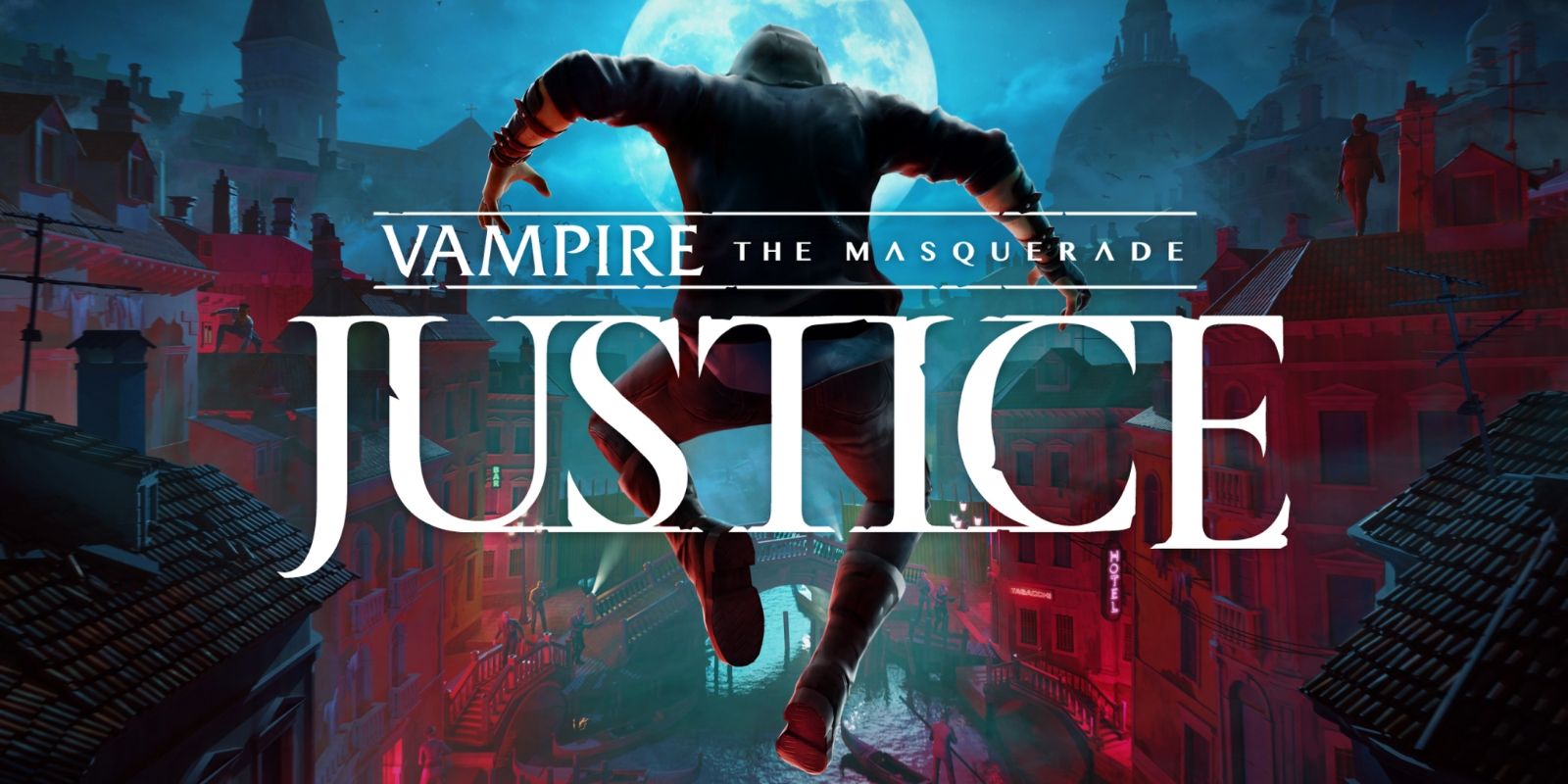Daughter of the Wolf (2019) – A Mother’s Hunt Through the Frozen Wilds
Daughter of the Wolf (2019) is a taut, icy action thriller that tells the story of a mother pushed beyond her limits in a desperate journey through frozen wilderness to rescue her son. Directed by David Hackl and starring Gina Carano, the film blends emotional tension, gritty survival, and relentless pursuit into a brutal yet heartfelt narrative.

Set against the stark, majestic backdrop of snow-covered mountains and vast northern forests, the film follows Clair Hamilton (Gina Carano), a former military specialist who returns home after years of deployment to bury her father and reconnect with her teenage son, Charlie. But her plans are shattered when a mysterious gang kidnaps Charlie for ransom — a ransom that may be tied to the inheritance left behind by Clair's estranged father.
As the local police fail to act fast enough and the harsh wilderness grows colder by the hour, Clair takes matters into her own hands. Armed with survival skills, combat training, and sheer determination, she embarks on a relentless journey to track down her son's captors.
The twist? One of the kidnappers, Larsen (played by Brendan Fehr), ends up being injured and captured by Clair. In a bold reversal, she forces him to guide her through the icy terrain to their hideout. What follows is a tense and complicated journey — not just across mountains and snow, but through moral gray areas and unexpected human connections.

Clair is not your typical action heroine. Unlike other revenge-fueled characters, she isn’t driven by rage alone — she’s driven by maternal love. Carano’s portrayal is fierce and grounded; she doesn’t play a superhero, but rather a woman fighting with everything she has left. Her vulnerability is as present as her strength. She’s cold, tired, bleeding, and often outnumbered — but never outwilled.
Larsen, too, is more than a simple villain. As he leads Clair deeper into the woods, we learn about his own troubled past, his estranged relationship with the gang’s leader — a cryptic, almost philosophical figure known only as “Father” (played chillingly by Richard Dreyfuss) — and his growing doubt about the path he’s chosen. The shifting dynamic between Clair and Larsen is one of the film’s most engaging elements. Trust and betrayal blur as both characters are forced to reckon with their demons.
Richard Dreyfuss’s “Father” is a standout. Unlike most action movie villains, he doesn’t shout or threaten wildly — he speaks in riddles and parables, convinced that he is teaching his “sons” about survival, loyalty, and purpose. His eerie calmness, even in the face of violence, makes him all the more terrifying. He views the wilderness as a crucible, and himself as its prophet.
The cinematography plays a huge role in setting the film’s tone. The unforgiving landscapes are both beautiful and deadly — towering pines, frozen rivers, and blizzards that swallow whole paths. Nature is not just a backdrop, but a character in itself. The cold seeps through the screen, and the audience feels every frostbitten breath and snow-crunching step.
The action sequences are gritty and realistic. Fistfights feel raw, gunfights are chaotic, and chases are frantic. There’s no slick choreography here — just survival. One standout scene involves Clair fighting off two attackers on a frozen lake while trying to keep Larsen from bleeding out. It’s not pretty — but it’s brutal and real.
As the climax builds, Clair finally confronts Father in a chilling cabin at the edge of the wilderness. With her son held hostage and the gang fractured by internal conflict, everything comes down to one final standoff. In a surprising twist, it is not brute force but a mix of cunning and maternal instinct that helps Clair win the day. She saves Charlie — but not without scars, both physical and emotional.
The final shot of the film shows Clair and Charlie walking down a snow-covered road at dawn, the light just breaking through the clouds. They don’t speak, but their silence says everything: they survived — and they’re finally heading home.
Conclusion:
Daughter of the Wolf may appear, on the surface, to be a simple rescue-thriller. But beneath its frosty exterior lies a powerful story about parenthood, survival, and redemption. Gina Carano delivers a performance that’s both ferocious and emotional, and the film’s quiet moments hit just as hard as its explosions.
It’s a story about what it truly means to be a protector — not just through strength, but through heart.
Tagline: “In the heart of the wilderness, a mother becomes the fiercest predator of all.”


